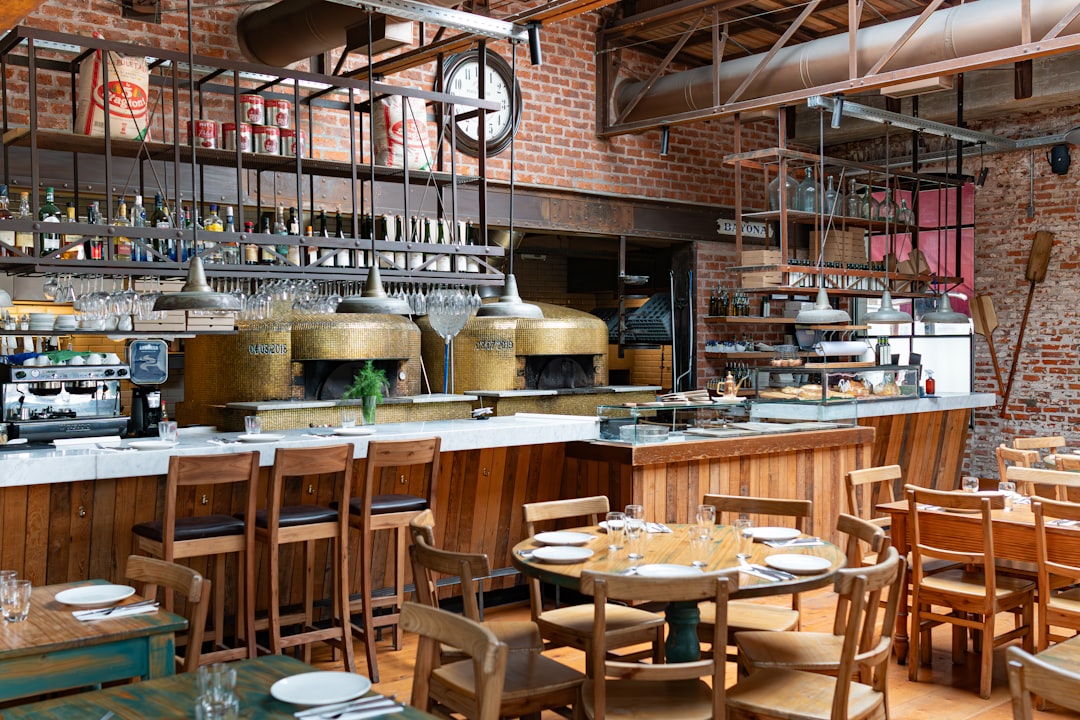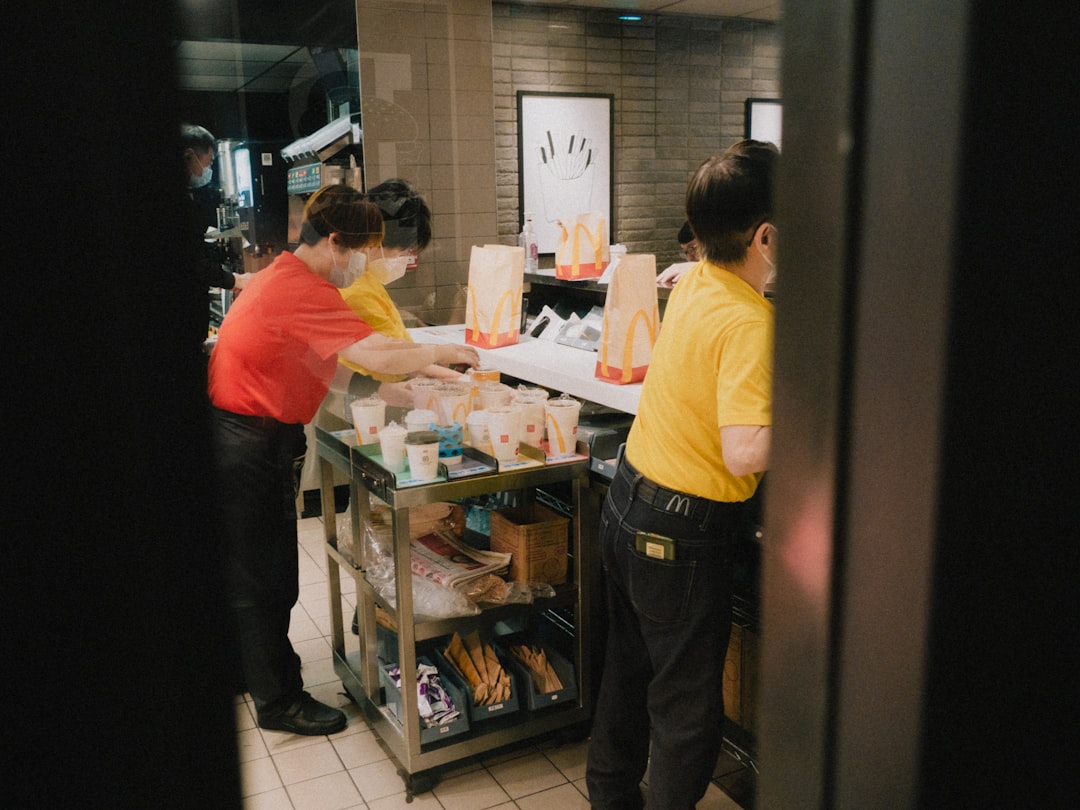Restaurant profitability remains one of the industry's most persistent challenges. Despite the glamour often associated with restaurant ownership, the reality involves navigating razor-thin margins and numerous operational hurdles. Let's explore why restaurants struggle to maintain healthy profits and what factors contribute to this industry-wide issue.

The average restaurant profit margin rose slightly to 9.8% in 2024 (from 9.3% in 2023), but this modest improvement masks the significant financial pressures most establishments face. These single-digit margins leave little room for error in an industry where unexpected costs can arise at any moment.
Think of it this way: for every $100 a restaurant makes in sales, less than $10 typically remains as profit after covering all expenses. A single equipment breakdown, a slow week due to bad weather, or an unexpected supplier price increase can quickly erase that thin margin.
Labor expenses represent one of the most significant challenges for restaurant profitability:
The restaurant owner struggles to pay staff while maintaining quality service, creating a difficult balancing act. Higher wages are necessary to attract and retain talent, but they directly impact the bottom line.
"It's like trying to keep all the plates spinning at once," says one veteran restaurant manager. "You want to pay your staff well enough that they stay, but every dollar in wages is coming directly from an already thin profit margin."
Inflation and supply chain disruptions continue to drive up ingredient expenses:
For many restaurants, food costs typically consume 28-32% of revenue. When a key ingredient suddenly jumps in price—as has happened frequently since the pandemic—owners must decide whether to absorb the cost (reducing profit), raise prices (potentially losing customers), or reformulate dishes (risking quality perception).
Small and independent restaurants face relentless pressure from large franchises that benefit from:
When a national chain can negotiate bulk discounts that lower their food costs by 5-10% compared to an independent restaurant, the playing field becomes dramatically uneven. This competitive disadvantage forces many smaller establishments to compete on uniqueness and quality rather than price—a challenging proposition when consumers are increasingly price-sensitive.
Restaurants face a constant struggle with pricing strategy:
Some establishments are adapting with restaurant menu changes like tiered pricing and portion adjustments. Interestingly, some restaurants are even reducing portion sizes to align with reduced appetites linked to medications like Ozempic.
A restaurant's menu is its primary sales tool, yet many owners struggle with the psychology of pricing. Research shows that removing dollar signs, using slightly smaller font for prices, and strategic placement of high-margin items can significantly impact ordering behavior without explicitly raising prices.
The digital transformation of the restaurant industry creates both opportunities and challenges:
The pandemic accelerated many of these digital trends, with changes in the food industry forcing restaurants to adapt quickly or risk closure.
For many small restaurants, the math on third-party delivery is particularly challenging. When a platform takes a 25% commission on a $30 order from a restaurant with a 10% profit margin, the restaurant actually loses money on each transaction—yet opting out of these platforms means potentially losing visibility with digital-first customers.
High turnover rates plague the restaurant industry, creating significant costs:
According to the Restaurant365's industry survey, labor issues remain the industry's top concern, with Tony Smith, CEO of Restaurant365, noting: "Labor is the top concern for our industry... We remain committed to investing in platforms to help restaurants employ millions while keeping food costs in check and boosting sales."
The hidden costs of turnover can be staggering. Industry experts estimate that replacing a single line cook can cost between $1,800 and $3,500 when accounting for recruitment, training, reduced productivity during onboarding, and management time—all expenses that aren't typically line-itemed on a profit and loss statement but dramatically impact the bottom line.

Post-pandemic economic uncertainty has significantly impacted consumer behavior:
The National Restaurant Association's RPI reports show a troubling trend of industry contraction, reflecting broader economic pressures on both restaurant operators and their customers.
Despite these challenges, restaurants can take several approaches to improve their financial performance:
Successful restaurants are implementing targeted cost control measures like standardized recipes (ensuring consistent portion sizes), inventory management systems that track waste, and careful scheduling to align labor with anticipated volume.
Implementing comprehensive restaurant management systems can help:
Restaurants that embrace technology strategically often find that the initial investment pays dividends through improved efficiency. For example, self-ordering kiosks can reduce front-of-house labor needs while simultaneously increasing average ticket size by 15-30% through consistent upselling.
Strategic menu design can significantly impact profitability:
Menu engineering isn't just about pricing—it's about designing a menu where every item earns its place. Operators increasingly analyze dish popularity against contribution margin, eliminating underperforming items that consume prep time and inventory space without delivering adequate returns.
Restaurant profitability challenges are unlikely to disappear, but understanding these economic and operational hurdles is the first step toward addressing them. By embracing technology, optimizing operations, and carefully managing costs, restaurant owners and managers can work toward more sustainable profit margins.
The most successful restaurants will be those that can adapt to changing consumer preferences while maintaining operational efficiency. This requires a delicate balance of traditional hospitality values with modern business practices and technology adoption.
For restaurant owners seeking to navigate these challenges, implementing an integrated management system that addresses multiple operational pain points simultaneously may provide the competitive edge needed to thrive in this challenging industry.
